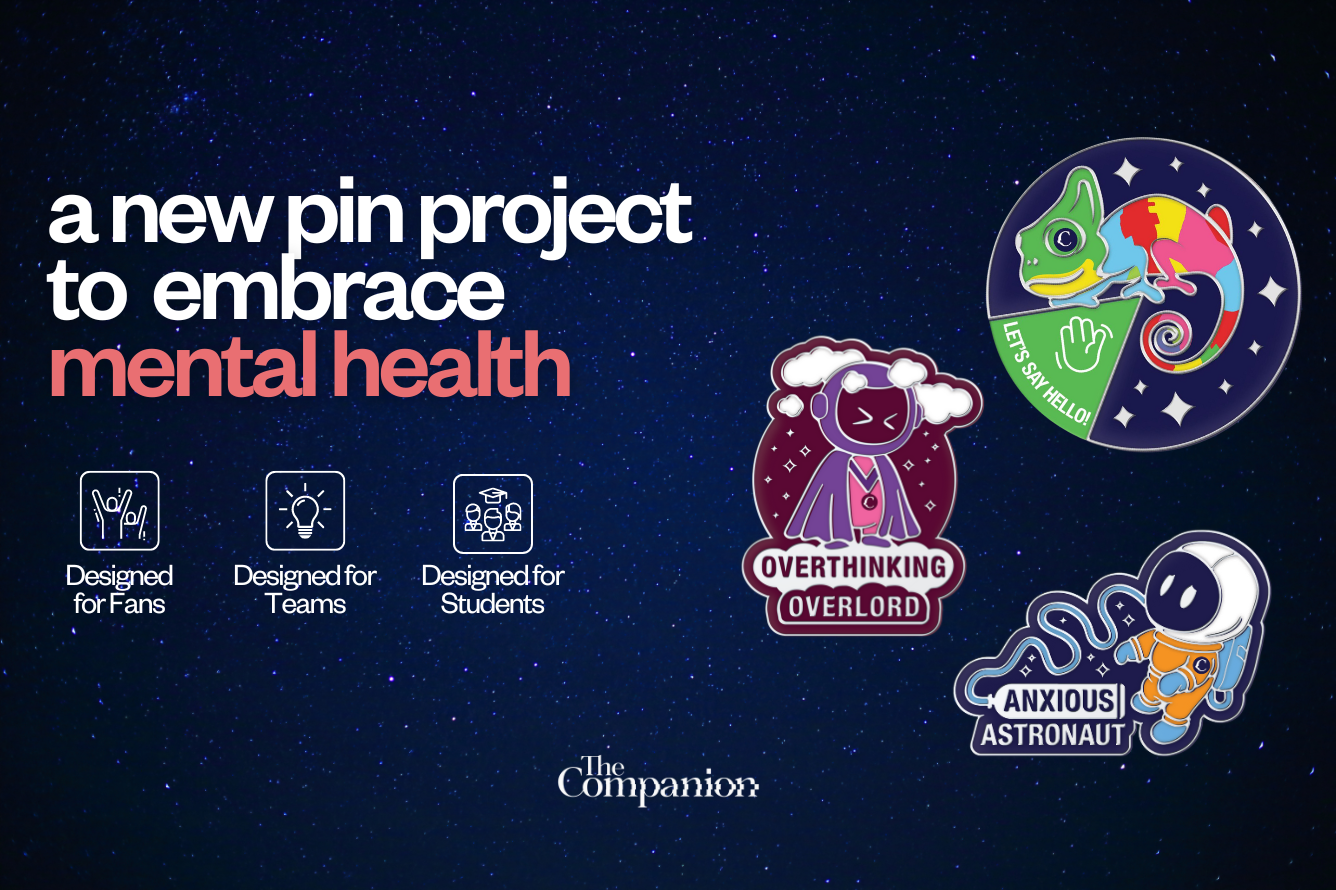When you first watch a TV show as a kid, certain images burrow into your mind more than others. I can count several standout examples from Star Trek: The Next Generation that lingered with me long into adulthood. Deanna Troi (Marina Sirtis), when she de-evolved into an amphibian (‘Genesis’ – S7, Ep19), the moment Enterprise encountered countless versions of itself from many multiverses spreading out into the stars (‘Parallels’ – S7, Ep11), and the Crystalline Entity. Whenever I’ve seen a snowflake decoration, a diagram of the branching structures within our lungs, or simply a very spiky tree over the past three decades, I’ve thought of the crystalline entity.
It was at once ridiculous, scary, and fascinating. A lifeform and a threat, drastically different from the humanoid species with forehead prosthetics or fake ears that were commonplace on the show. Not just in looks, but behavior, too. This giant Christmas tree ornament could whizz through space at warp speed and decimate entire planets and civilizations, feeding on the organic matter it found there.

In the Star Trek: The Next Generation episode ‘Datalore’ (S1, Ep13), the episode when we first encounter the Crystalline Entity, Captain Jean-Luc Picard (Patrick Stewart) describes it as: “An unknown kind of creature, capable of stripping all life from an entire world… insatiably ravenous for the life force found in intelligent forms like us.”
The Crystalline Entity is different from other humanoid species on Trek because it’s a silicon-based lifeform, rather than a carbon-based one, like you and me. And it’s not the only one. There are several examples throughout Star Trek and beyond in the broader realm of science fiction – Xenomorphs are believed to be silicon-based. But what does it mean to be made up of more silicon atoms than carbon ones? And why are these lifeforms so intriguing and memorable for viewers?
Why We’re Made of Carbon, Not Silicon
In the Star Trek: The Original Series episode ‘The Devil in the Dark’ (S1, Ep26), Captain James T. Kirk (William Shatner) says: “I’ve heard of the theoretical possibility of life based on silicon, but silicon-based life would be of an entirely different order.” And he’s right. To understand why that is, I spoke to Mohamed Noor, the Professor of Biology and Dean of Natural Sciences at Duke Trinity College of Arts and Sciences, author of Live Long and Evolve: What Star Trek Can Teach Us about Evolution, Genetics, and Life on Other Worlds, and a consultant on Star Trek: Discovery Seasons 3 and 4.
“Our life on Earth is all carbon-based,” he says. “This means most of the compounds we associate with life (carbohydrates, fats, proteins, nucleic acids like DNA or RNA) have a backbone of carbon atoms bound to other kinds of atoms at once.”
The reason for this is that carbon is very flexible. “It can bind to up to four other atoms at once, allowing complex structures to be made,” Noor says. He tells me that, in principle, silicon should be similar – it can also bind up to four other atoms at once in the same way. But there’s more to it. “The challenge has to do in part with what else is present,” Noor explains. “Carbon is good in that it makes long chains readily when dissolved in water or similar.”

“In an environment with lots of oxygen (as water provides from its H2O), silicon is not so good at doing that. It prefers to bind to oxygen (making something like sand), making long silicon chains with complex structures harder to form,” he explains.
So is silicon-based life scientifically possible? “I wouldn’t go so far as to say it’s impossible,” he explains. “It really depends on the environment.” He says that intermediates may also work, like silicon alternating with other elements, like carbon.
The Mother Horta in Star Trek: The Original Series
The Crystalline Entity isn’t the only silicon-based life form in the Trek universe – it’s just the one that had the most impact on me.
Another classic example comes from Star Trek: The Original Series when the Enterprise crew learns of the Horta (‘‘The Devil in the Dark’ – S1, Ep25). These are silicon-based lifeforms that look like glowing mounds of lava and live deep under the surface of planet Janus VI. They could tunnel through the Earth, live for thousands of years, and feed on rocks. So far, so not normal, even in the Star Trek sense.
During a time when most of the Horta had died, the Mother Horta, who lives on and looks after many eggs, was affected by mining on Janus VI. She sabotaged the colony’s efforts and murdered some of them. After Spock mind-melded with the mother, everyone realized that, despite looking and behaving so differently to humanoids, these are living creatures, not just piles of stones.

I asked Noor about his favorite silicon-based life form in science fiction. “I think the ‘microbrain’ from Star Trek: The Next Generation [‘Home Soil’ – S1, Ep18] was one of the most realistic in that it was microbial,” he tells me.
“The specifics with it becoming intelligent and such were problematic, but I loved the acknowledgment of interesting microbial life being a part of Star Trek.”
“We love the idea of finding something big and multicellular like ourselves, but microbial life is far more likely in general, and there’s a TON of it here on Earth that we often don’t think about,” he explains.
A few other Star Trek references to silicon-based life are dotted throughout the different series. In Star Trek: Voyager, the Varro generational ship was exposed to a silicon-based parasite that could live on duranium alloys (‘Dark Frontier: Part 1’ – S5, Ep15). And, in Star Trek: Deep Space Nine, a silicon-based shapeshifting organism is found in the Gamma Quadrant and believed to have similar biology to Odo (‘The Alternate’ – S2, Ep12).
There are other examples in sci-fi, too. In one particularly gruesome episode of The X-Files (‘Firewalker’ – S2, Ep9), a silicon-based fungus is found in the depths of a volcano, which takes human hosts and then explodes its spores from their throats.
The Xenomorphs in Alien (1979) might be silicon-based, too, as are those creepy swarms of spider-like creatures in the 1998 movie Lost in Space. There are also several types of silicon-based species in Doctor Who, like the Kastrians (‘The Hand of Fear’ – S14, Ep5-8), which look like humanoids with lots of stones and gems stuck to them, and the Ogri (‘The Stones of Blood’ – S16, Ep9-12), who resemble big, golden rocks.
The Appeal of Silicon-Based Life
It’s no mystery why the possibility of silicon-based life is explored in sci-fi. If I could have asked eight-year-old me, I’m sure she’d have said: “it’s cool” or something similar. I asked Noor what he thinks the reason is. “It’s exciting to dream of life truly different from our own, and that may bear no ancestral relationship to our life (e.g., all life on Earth had a single origin),” he says.
“It’s really neat to dream about finding a truly independent origin of life, and one that followed a different path from our own planet’s life.”
He also says it presents such a difference to life here on Earth that it might help us to imagine the other lifeforms that we might find elsewhere one day. “Seeing a silicon-based lifeform like the Horta or Crystalline Entity is a big step to seeing life truly unrelated to ours in any way,” he explains. “As opposed to another humanoid with a rippled forehead or funny nose or pointed ears.” For anyone who likes wondering about the origins of life elsewhere, it’s dream fuel.

And I think it serves different purposes in terms of storytelling, too. Either to ‘other’ species to make them scarier, like the Xenomorphs or Crystalline Entity. Or to show that, despite how different silicon-based life might be, it’s still life. This was the overriding lesson of the Enterprise’s encounter with the Horta or the microbrain. Mining, terraforming, and drilling into a planet might seem harmless, but who knows what else lives there that you might be disrupting and, inadvertently, killing? No matter how differently it acts and how unusual it looks, life is still life.
This topic came up a few times when I was researching attitudes toward the Crystalline Entity over the years. Some fans on Reddit ask why the Crystalline Entity is shown respect – especially in comparison to a species like the Borg. There are many different views on this. (The Crystalline Entity did kill a whole bunch of people, after all.) But I like how one Redditor puts this, that the Crystalline Entity is “a wild beast” and “could have been contained, fed, diverted, something.” In comparison, the Borg are always a few steps away from assimilating everyone.
Is There (Silicon-Based) Life Out There?
I asked Noor the big question: could we find silicon-based life beyond our planet in real life one day? “I doubt it within my lifetime,” he says. “Part of how we look for life right now is around the likelihood of it being in the presence of liquid water.”
He explains that liquid water is the only place we know that life has evolved. “If we’re going to find a second origin of life, we should start there,” he says. “But I would love for us to find an independent origin of carbon-based life, perhaps in the oceans of Enceladus.”
It’s an exciting time to learn more about what’s out there in the vast expanse of space. As I’m writing this, NASA has announced that 65 new exoplanets have now been added to the NASA Exoplanet Archive. That’s over 5,000 confirmed worlds beyond our solar system. It’ll be a very, very long time before we can learn about them. But we’ll soon be discovering more about our own solar system if NASA’s missions to Venus in the late 2020s go according to plan, and if proposals to send a similar mission to Uranus or Neptune are accepted by the major space agencies.
Who knows what we might find and what life might already exist in our own planetary backyard? Maybe it won’t be silicon-based, but isn’t it fun to imagine? Well, fun to imagine a species like the Horta, but maybe not so fun to imagine planet-leveling Crystalline Entities.
This article was first published on March 30, 2022, 0n the original Companion website.
The cost of your membership has allowed us to mentor new writers and allowed us to reflect the diversity of voices within fandom. None of this is possible without you. Thank you. 🙂









